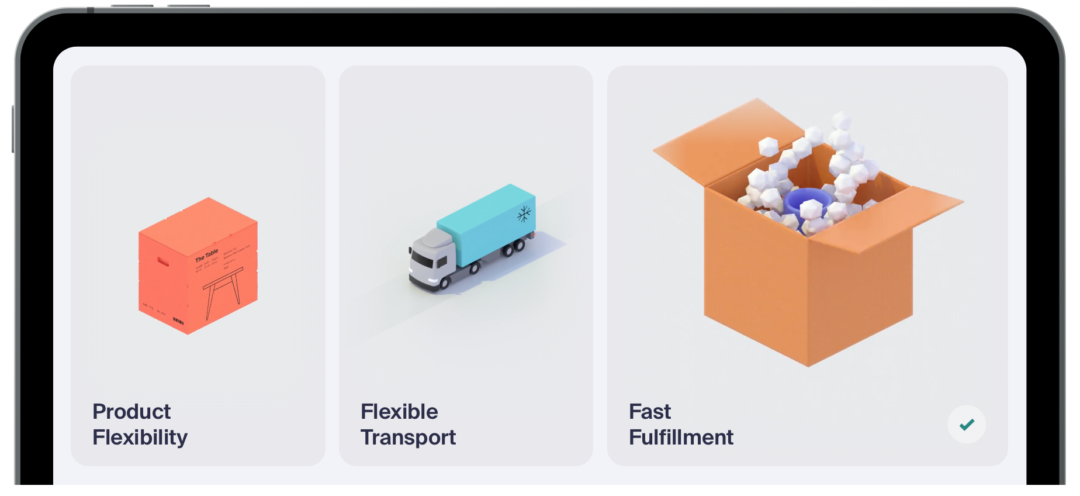Survey: fast shipping wins more customers than discounted prices
Merchants say offers of 1-to-2-day shipping is key to convincing online shoppers to click “buy,” Ware2Go study says.

A majority of merchants say they can attract more customers with offers of fast shipping than with discounted prices, according to a survey released today by fulfillment service provider Ware2Go.
The survey asked retailers about their best tools for improving “e-commerce cart conversions,” which is the percentage of times that shoppers actually buy the items they have placed in virtual shopping carts on websites.
Results of the study showed that 56% of shoppers converted their carts when offered free shipping, and 52% did so when offered 1-to-2-day shipping. In contrast, just 29% converted when offered a free gift with purchase, and 26% when offered an in-cart discount.
And the impact was significant, with a one-to-two-day delivery promise boosting cart conversion rates by 25% according to a majority (65%) of respondents, said Atlanta-based Ware2Go, a unit of UPS Inc. that offers outsourced warehousing and fulfillment services that are designed to help small and medium businesses compete with larger competitors.
The survey was conducted in August 2020 by Propeller Insights on behalf of Ware2Go. It polled some 250 merchants operating both online and brick-and-mortar businesses, with revenues ranging from $2 million to $200 million.
Those insights demonstrate that as customers do more shopping from home—especially during extended pandemic lockdowns—the delivery experience becomes increasingly important, and that businesses hoping to compete in the e-commerce space must build a fulfillment strategy to meet growing customer expectations, Ware2Go CEO Steve Denton said in a statement.
Despite those results, there is a gap between the number of merchants who see the benefits of two-day shipping service guarantees (75% of respondents) and the number that currently offer it (60%), the company said. Possible reasons for that gap include several key operational challenges faced by merchants, including: insufficient inventory management (33%), incorrectly filled orders (31%), slow delivery speeds (30%), and lack of labor availability (30%), survey figures showed.
Ware2Go's recent merchant data study shows that 2-day shipping guarantees positively impact business & brand for sellers. Check out our 2020 Fast Shipping Guide for more learnings. #ecommercestrategy https://t.co/BA98jI8ifF
— Ware2Go (@Ware2Go) October 21, 2020
Related Articles
Copyright ©2024. All Rights ReservedDesign, CMS, Hosting & Web Development :: ePublishing